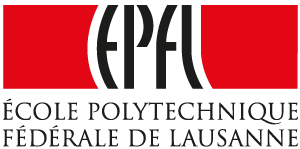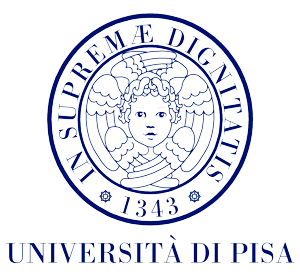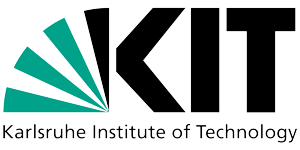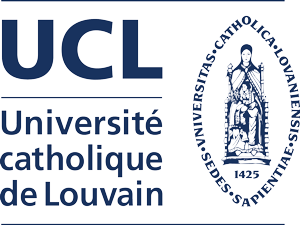Istituto Italiano di Tecnologia (IIT) - Coordinator
The Istituto Italiano di Tecnologia (IIT) is a Research Foundation established in 2006 to promote scientific excellence in “Humanoid” technology. The Institute currently has over 1000 researchers with over 85 working exclusively in robotics within the Department of Advanced Robotics (http://www.iit.it/en/advanced-robotics/) and about 45 within the iCub Facility (http://www.iit.it/icub).Research activities concentrate on an innovative, multidisciplinary approach to robotic design, and control, and the development of novel robotic components and technologies. There are four core areas; Humanoid Technologies (mechanism design, actuation and sensing, compliant systems, locomotion, control, physical Human-Robot Interaction, learning by imitation, reinforcement learning, and end-effectors, humanoids developed at IIT include iCub and COMAN), Biomimetic Technologies (high performance quadrupedal robots (HyQ) focusing on motion planning, gait generation and control, and power actuation), Biomedical Technologies and Haptic/VR technologies.
Key Personnel: Nikos Tsagarakis, Giorgio Metta, Lorenzo Natale, Darwin G. Caldwell




